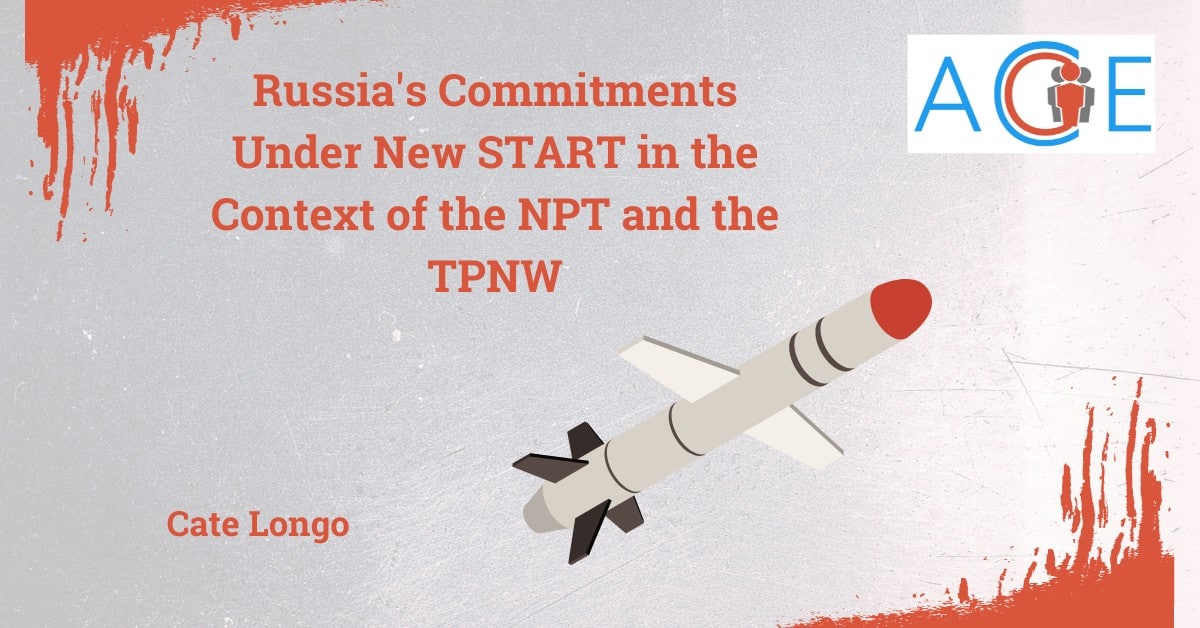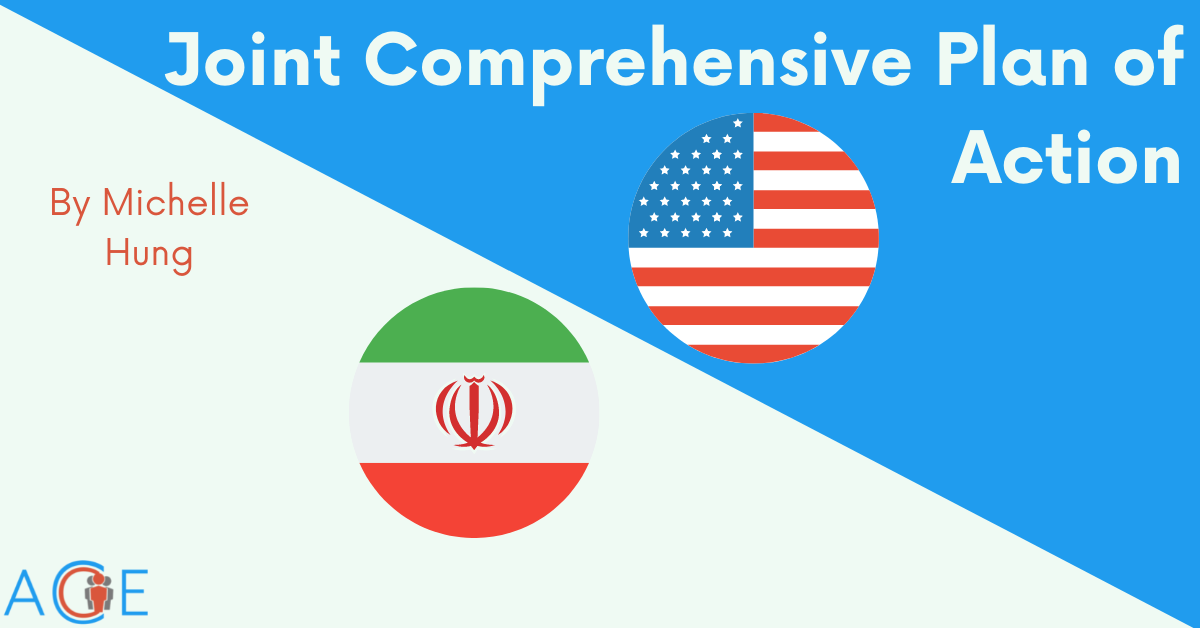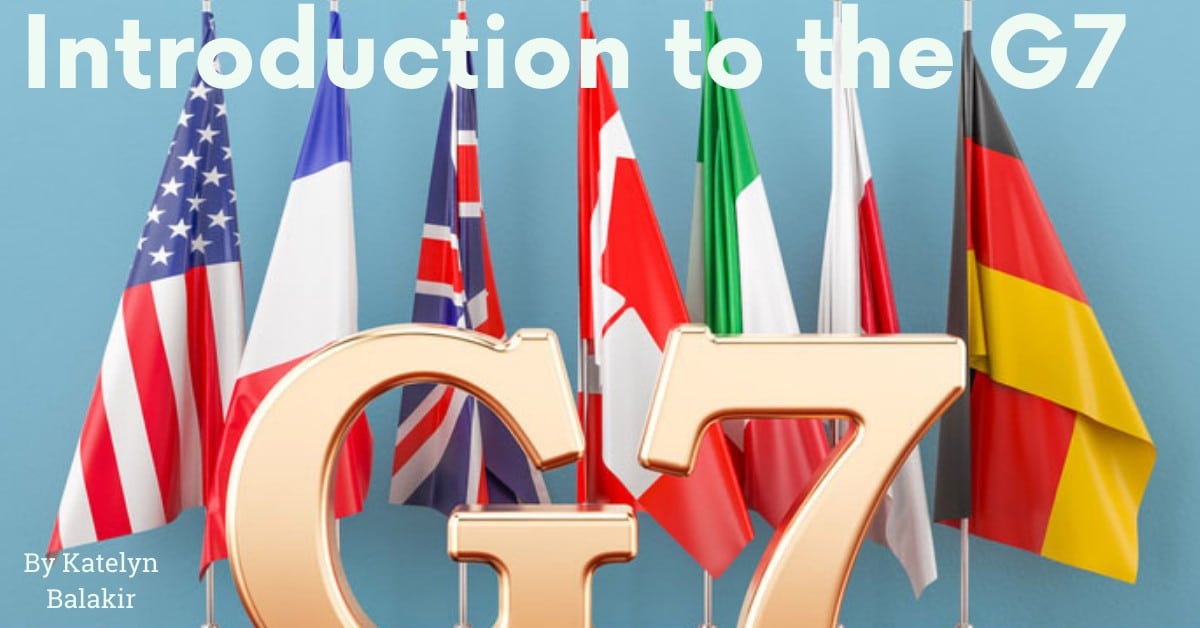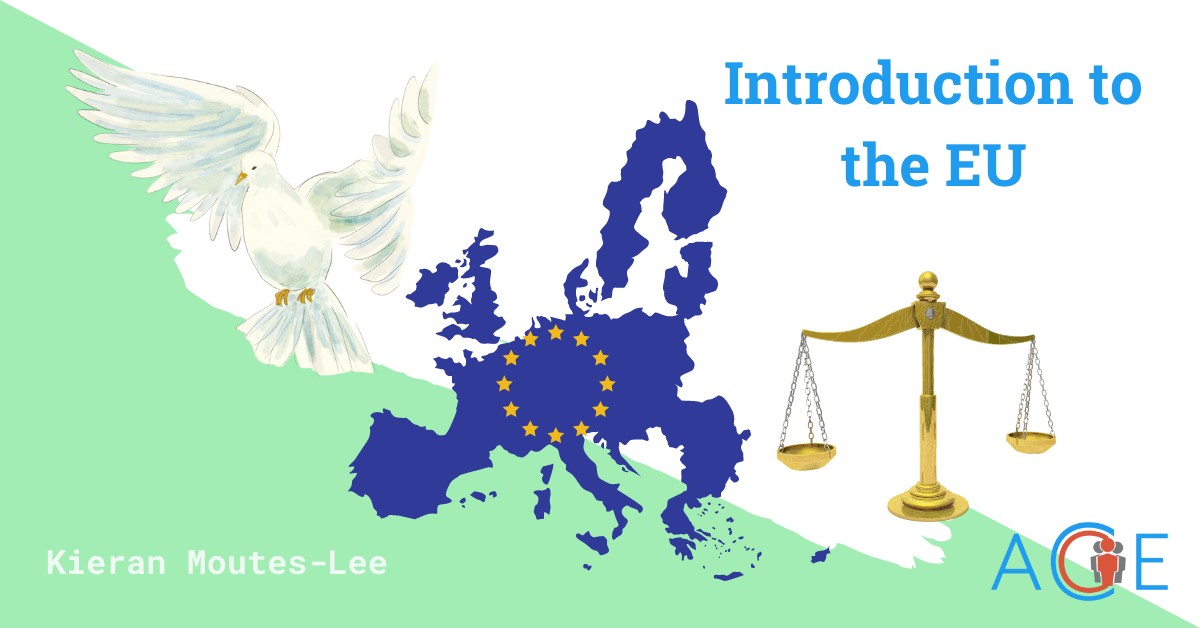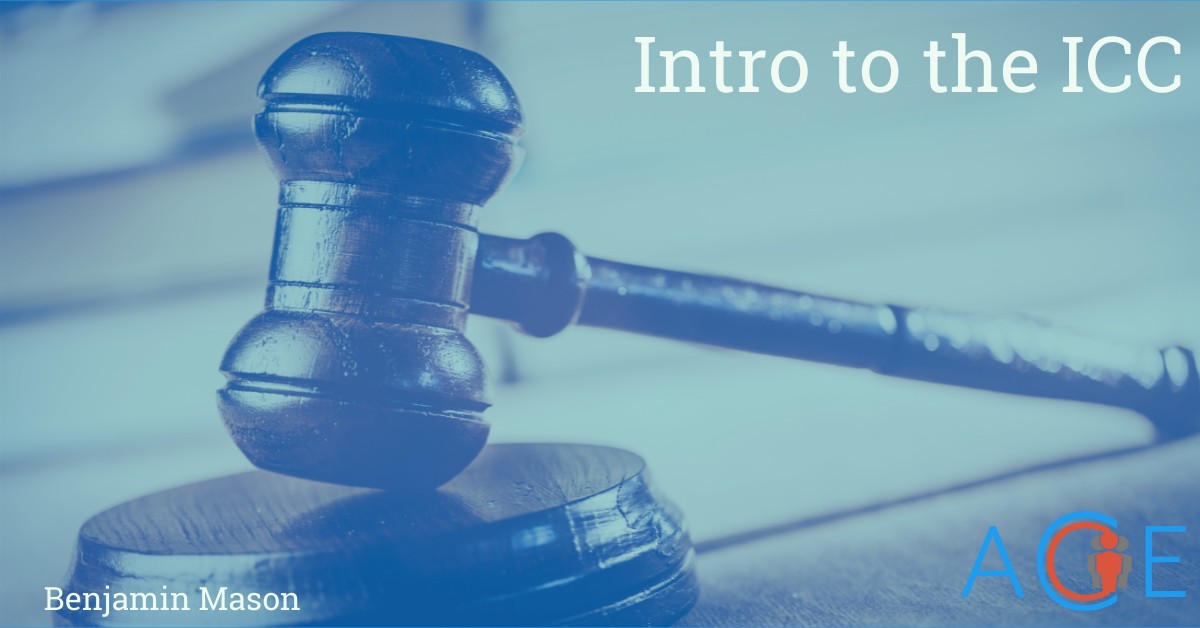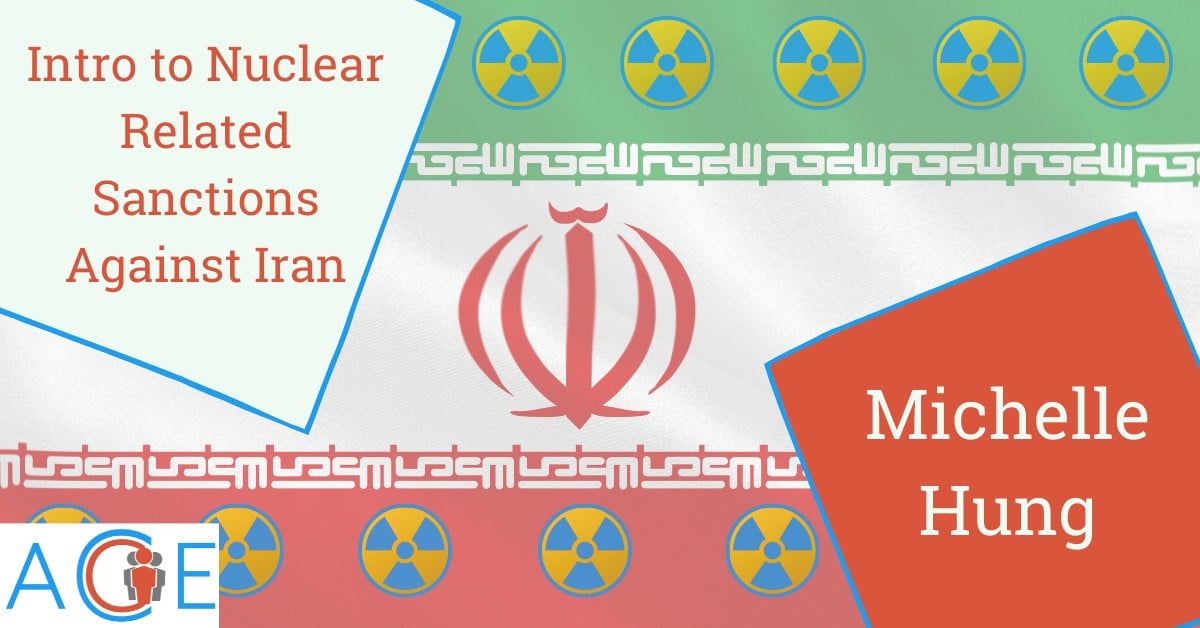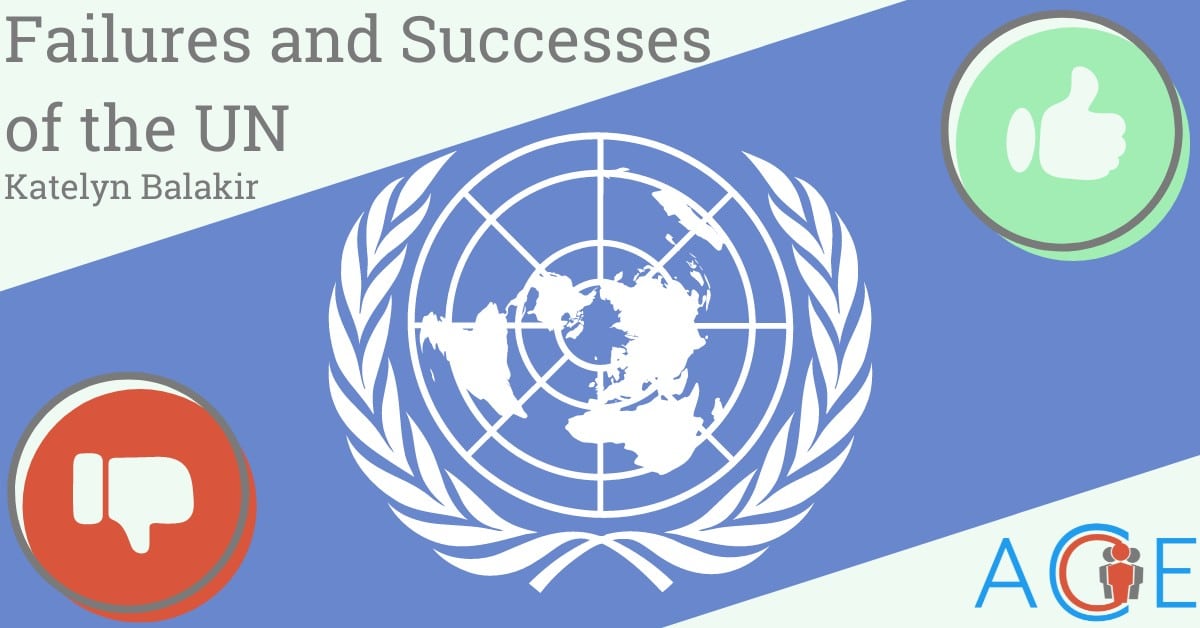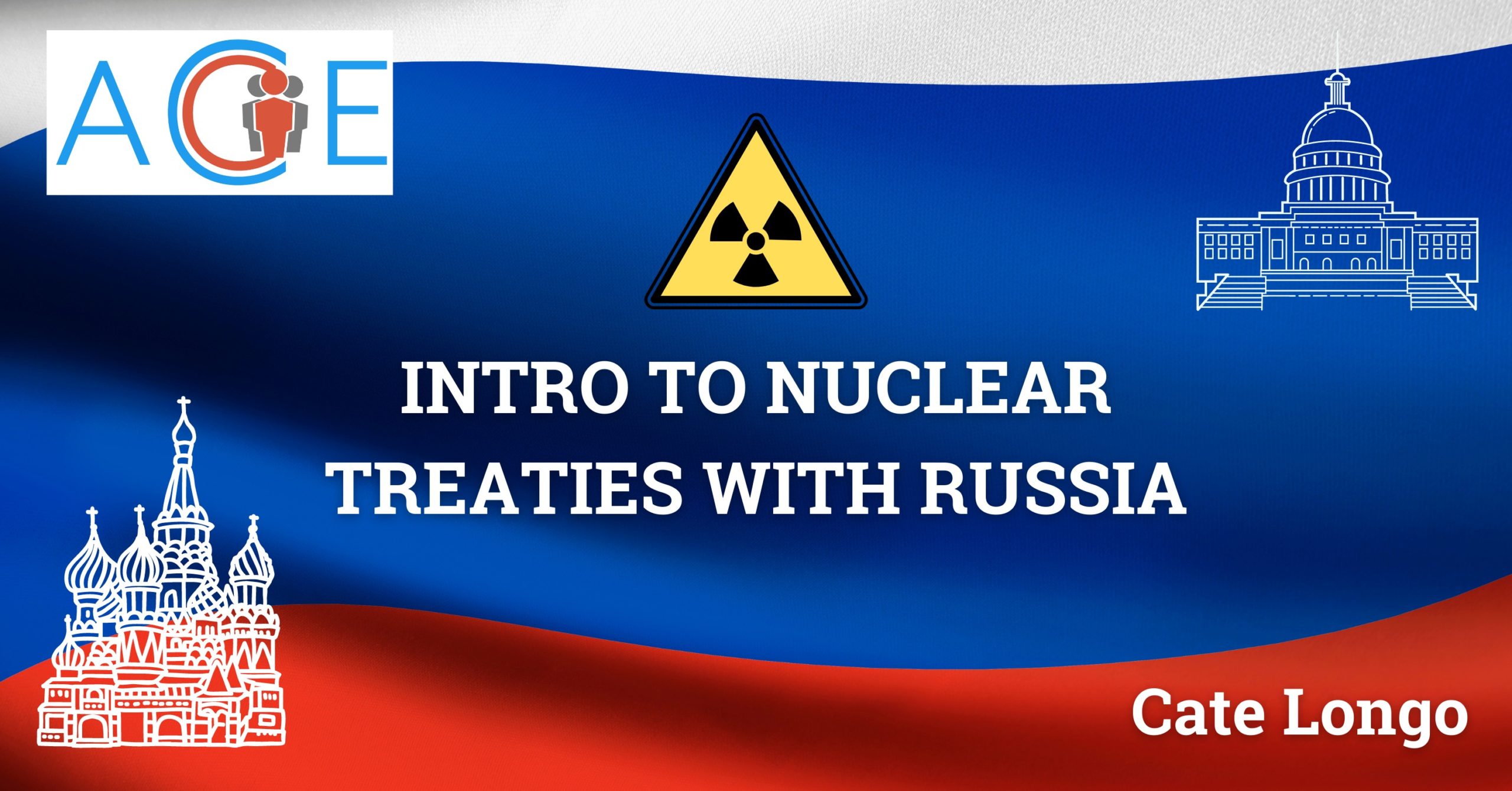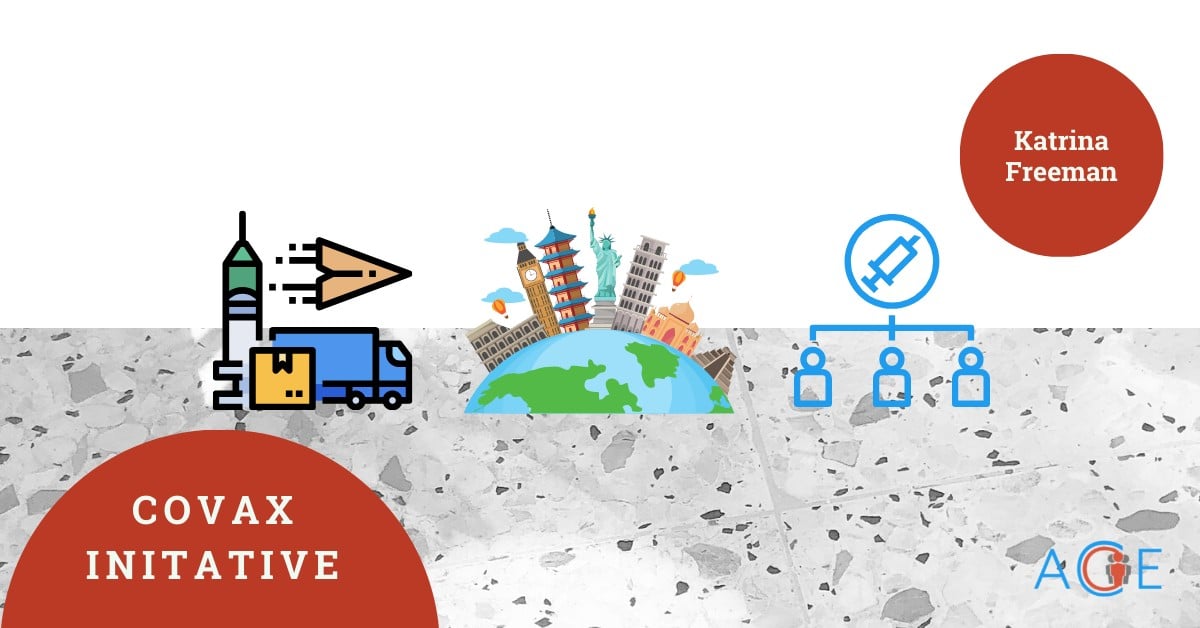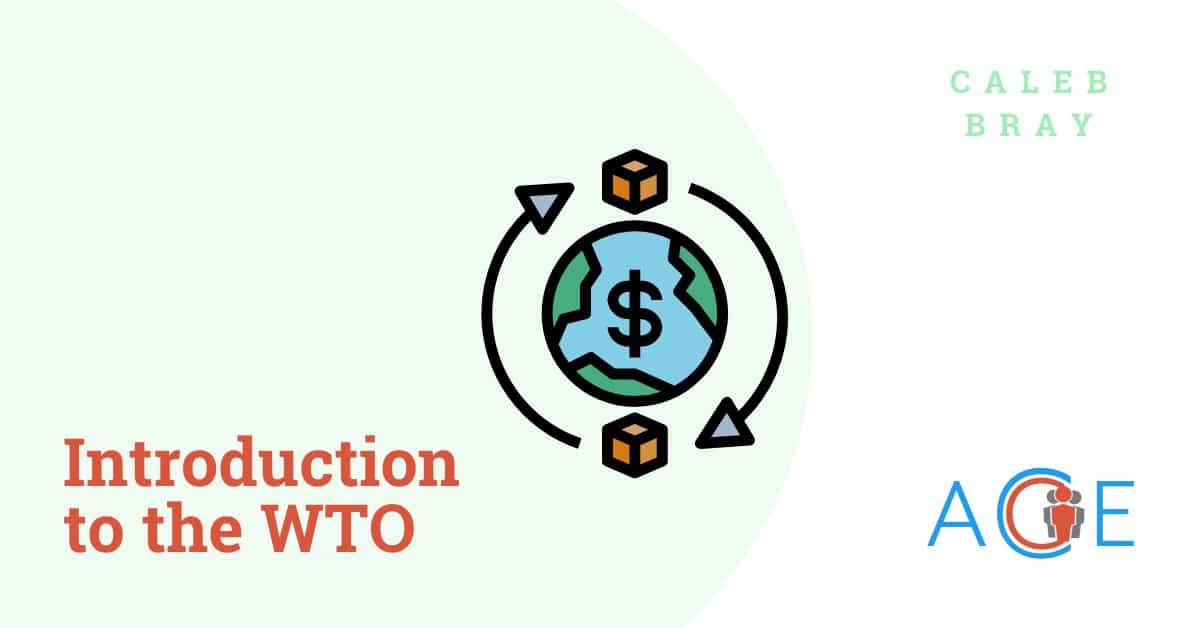The International Criminal Court (ICC) is a permanent international court established to investigate, prosecute, and try individuals accused of committing the most serious crimes to the international community. These crimes include genocide, crimes against humanity, war crimes, and crimes of aggression. The Rome Statute, a treaty among 123 parties, established the Court and was signed into effect on July 17, 1998. The Court then began operations on July 1, 2002 in The Hague, Netherlands, where it still resides and operates today.
Source: International Criminal Court; United Nations
What does the Rome Statute say?
The Rome Statute is composed of 13 Sections, with a total of 128 Articles.
- The first section establishes the court and its relationship with the United Nations.
- Section Two addresses which crimes the court has jurisdiction over, and which cases would be admissible. It also identifies what is applicable law.
- In Section Three, the Rome Statute goes over the general principles of criminal law.
- The fourth section explains how the Court is composed and administered.
- Section Five lays out the appropriate process for investigation and prosecution.
- Section Six establishes the proper trial process
- Section Seven defines the appropriate penalties
- Section Eight explains how to appeal decisions and potentially revise convictions or sentences.
- Section Nine provides the general obligations for cooperation for the States who sign the Rome Statute
- Section Ten explains how States are to enforce a given sentence.
- Section Eleven deals with the assembly of States Parties.
- Section Twelve outlines all details regarding the financing of the ICC, and the final section,
- Section Thirteen, includes miscellaneous articles including information regarding amendments to the Statute and reservations made by certain States.
The combination of these thirteen sections clearly outline all aspects of operation for the ICC.
What are the benefits of the ICC?
Those in favor of the Court argue that it serves as a deterrent for potential war criminals. The ICC has raised the risk of consequences for violations through two main avenues. First, through investigating and prosecuting international atrocities over which it has jurisdiction, the ICC strongly contributes to prosecutorial deterrence, which is when potential perpetrators avoid or reduce their law-breaking behavior out of fear of being prosecuted. Second, the ICC encourages member states to improve their capacity to reduce, detect, and prosecute such crimes domestically.
Another important aspect of the ICC is that it provides an explicit, legitimized process for punishing war atrocities, genocide, or other large-scale international crimes. By having a well-defined process to follow after an atrocity occurs, it becomes less challenging to seek justice for those afflicted. The ICC serves the dual purpose of securing justice for victims, as well as promoting peace, security, and stability. Ultimately, the ICC promotes accountability for perpetrators of atrocities as well as among its member states to ensure that justice is served to those individuals.
One of the main ways that justice is achieved is through reparations. In the case of The Prosecutor v. Bosco Ntaganda, on March 8, 2021 the court ordered Mr. Ntaganda to pay a total of 30,000,000 USD to those affected by the war crimes that he committed in the Democratic Republic of the Congo in the early 2000s. The ICC has also ordered reparations in the past, like in the Al Mahdi case. In 2016, Al Mahdi was convicted of the war crime of directing attacks on religious and historic buildings in Timbuktu, Mali. As part of his punishment he was liable for 2.7 million euros in expenses and was ordered to pay for individual and collective reparations for the community of Timbuktu. In addition to facilitating the imprisonment of perpetrators, the ICC offers justice by granting reparations to victims.
The goal of the ICC, proponents say, is not to replace national courts, but instead to complement them. The ICC only operates in situations in which national courts are either unwilling or unable to prosecute a certain crime. This might occur where proceedings are unduly delayed or are intended to shield individuals from their criminal responsibility. The ICC states that this notion is the principle of complementarity, under which the national court is given priority and states have the primary responsibility to try perpetrators of crimes against humanity. The ICC acts as both an independent and impartial body, and serves as a safety net for justice.
What are the criticisms of the ICC?
There are over 50 countries that choose not to be members of the ICC. These countries include China, India, Russia, and the United States. Without the backing of these four major powers, the ICC has faced an uphill battle to garner legitimacy. The main complaint by states regarding the ICC is that it infringes on state sovereignty. For example, China, who failed to ratify the Rome Statute, felt that the text was a violation of state sovereignty because it imposes obligations on parties who had not agreed to the Rome Statute, and thus was a violation of Article 34 of the Vienna Convention, which holds “[a] treaty does not create either obligations or rights for a third State without its consent.” China proposed an opt-in clause which would enable States to temporarily grant the ICC jurisdiction for a specific time frame or instance of crime, but the clause was not adopted.
Another frequently voiced qualm is that the ICC lacks authority and is overall ineffective in properly punishing war criminals. Notably, in 2010, former President Laurent Gbagbo of Côte d’Ivoire suffered an electoral defeat yet refused to step down. Violence ensued, which was largely attributed to forces under the control of Gbagbo, and nearly 3,000 people died. After several years in ICC custody, Gbagbo was recently acquitted of all charges of war crimes and crimes against humanity. Former President Ggagbo is just one of multiple heads of states against whom the ICC has initiated proceedings, yet not a single one has been convicted. In fact, in total, the ICC has issued a total of ten convictions, while acquitting four. In comparison, the ad hoc trials established by the UN following the war crimes committed in the former Yugoslavia, Rwanda, and Sierra Leone were able to secure 165 convictions.
The ICC has also come under intense scrutiny for its perceived targeting of African nations. Of the court’s more than two dozen cases, all have dealt with alleged crimes in African states. The Court has indicted over 40 individuals. All of those individuals are from an African country.
What are the current debates regarding the ICC?
In 2003, the U.S. State Department stated that there are “insufficient checks and balances on the authority of the ICC prosecutor and judges” and “insufficient protection against politicized prosecutions or other abuses”. This notion was reiterated by John Bolton, U.S. National Security Advisor, in September 2018. Bolton declared that the United States would use any means necessary to ensure that U.S. citizens and allies would be protected from ICC investigations and prosecutions.
In 2019, the Trump administration threatened sanctions to ICC Officials to avoid investigations into potential crimes against humanity committed by U.S. soldiers stationed in Afghanistan. Later that year, the Trump administration revoked the visa of Fatou Bensouda, the prosecutor for the International Criminal Court. In 2020, the Trump administration backed up its threats by passing Executive Order 13928, which authorized the imposition of economic sanctions against ICC officials directly engaged in the ICC efforts to investigate U.S. personnel, and expanded visa restrictions for officials directly engaged in those same investigations.
Since taking office, President Biden and his administration have revoked Executive Order 13928 as well as other previously imposed restrictions on ICC personnel. While the Trump administration was adamant in their disapproval of the ICC, the Biden administration’s recent revocation of unfavorable ICC policies signals a shift and perhaps a new relationship between the United States and the ICC.
